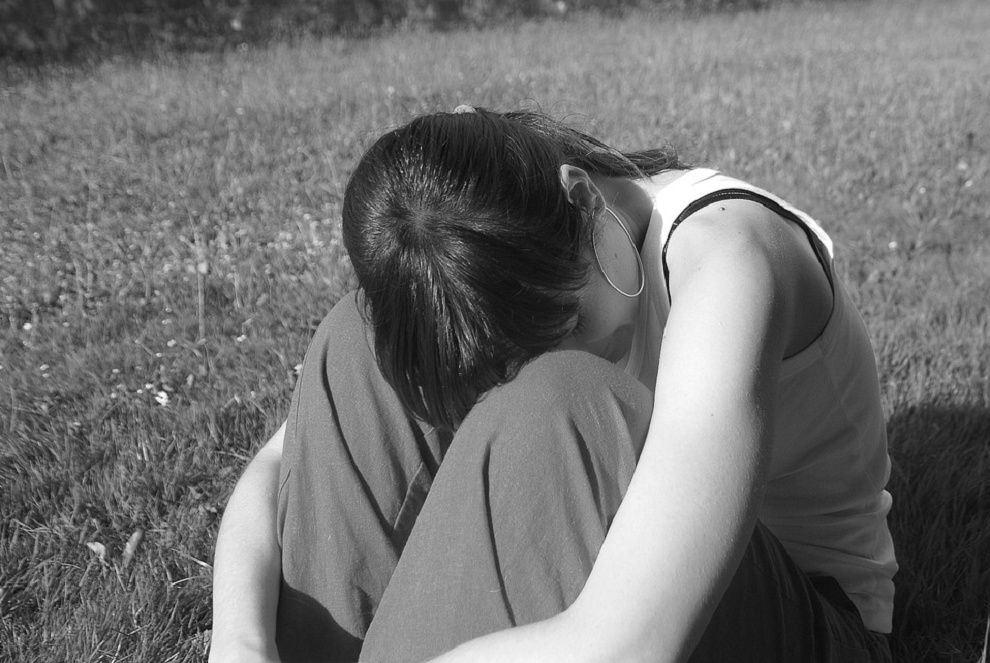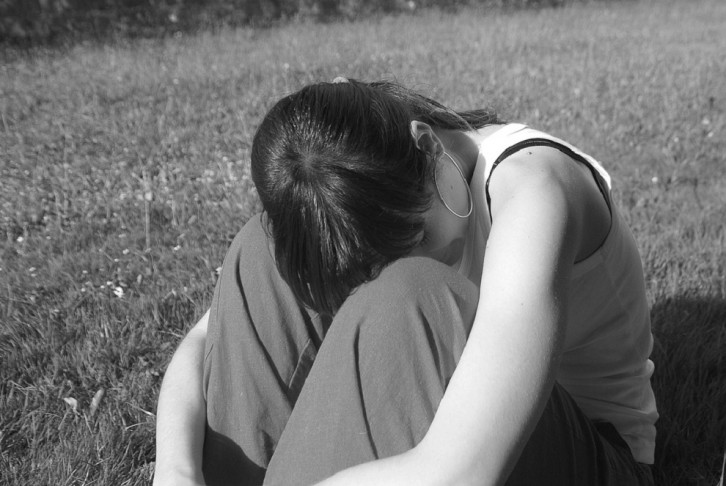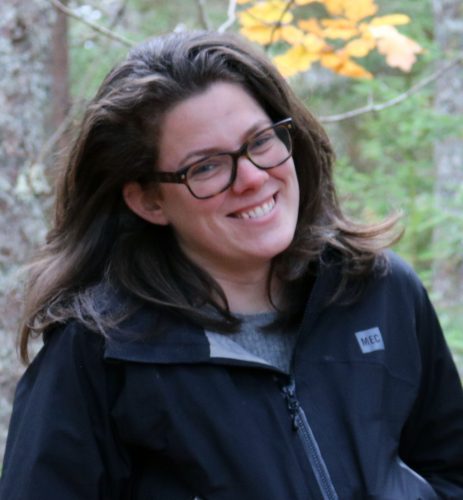Mental Health
20 per cent of indigenous peoples have thoughts of suicide: StatsCan
Statistics Canada study identifies risk factors leading to thoughts of suicide

caption
New StatsCan study suggests the number of aboriginal women who have had thoughts of suicide is almost twice the rate of non-aboriginal women.
caption
New StatsCan study suggests the number of aboriginal women who have had thoughts of suicide is almost twice the rate of non-aboriginal women.A new report from Statistics Canada suggests one in five Métis, Inuit and First Nations people living off-reserve have contemplated suicide.
The data was collected from the 2012 Aboriginal Peoples Survey and the 2012 Canadian Community Health Survey, and focused on those aged 26-59.
The study suggests the number of aboriginal women who have had thoughts of suicide is almost twice the rate of non-aboriginal women: 25.8 per cent of off-reserve First Nations people, 23.8 per cent of Inuit and 23.4 per cent of Métis, compared to 13.8 per cent of non-aboriginal women.
While 23.1 per cent of Inuit men and 21.4 per cent of First Nations men living off-reserve reported thoughts of suicide in their lifetime, only 11.1 per cent of non-aboriginal men had similar thoughts.
According to Canada’s 2011 National Household Survey, 4.3 per cent of the country’s total population self-identified as aboriginal: 2.6 per cent of the total population identified as First Nations, 1.4 per cent as Métis and 0.2 per cent as Inuit.
“It’s not anything new”
Statistics Canada’s numbers didn’t surprise Amy Bombay, assistant professor in the department of psychiatry at Dalhousie University’s School of Nursing. She said analyses of First Nations adults living on-reserve have yielded similar results.
“They’re pretty similar to the statistics we’ve seen from the national surveys of First Nations living on reserves,” said Bombay.
The First Nations Information Governance Centre released a survey in 2012 that found 22 per cent of First Nations adults said they had considered suicide in their lifetime, compared to only 9.1 per cent of the general Canadian population.
“I think it’s interesting to see that the rates off-reserve are almost as high as those on-reserve,” said Bombay. “In the past, rates of those on-reserve have been higher, but now they seem to be pretty close to each other.”
The new study from Statistics Canada found indigenous peoples living off-reserve who reported drug use or were diagnosed with a mood or anxiety disorder were more likely to have had suicidal thoughts.
First time questions on suicide included in APS
Mohan Kumar wrote the Statistics Canada report. He said 2012 was the first year the Aboriginal Peoples Survey included questions on thoughts of suicide. In 2006, questions about suicide were included only in the Métis supplement at community leaders’ request.
“It’s an important subject that needed to be covered for First Nations and Inuit also,” said Kumar.
Bombay says the report is important and points to a growing awareness of the long-term impacts of residential schools.
“It’s providing new evidence, showing that the same relationships that we’ve already seen in the on-reserve population are also present in the off-reserve population,” said Bombay.
Culturally valid health support
“We know suicide is a major problem, not just among indigenous peoples. It does really disproportionately affect indigenous peoples too,” said Bombay. “In some cases, really staggering differences.”
Bombay is hopeful the study will bring cultural changes to the health care provided to aboriginal communities.
“It suggests that we need to provide health support – and culturally valid health support – to not only those living on-reserve, but to indigenous people living off-reserve as well,” said Bombay.
Kumar agrees. He said the report’s findings build on current information about mental health and suicide issues in Canada’s Indigenous population.
“It contributes to the knowledge that is already there about risk factors, and down the line the general hope is that this information can potentially be used for developing suicide prevention programs,” said Kumar.
About the author

Kathleen Napier
Kathleen Napier is currently completing her Master of Journalism (Data and Investigative) at the University of King’s College in Halifax. Special...